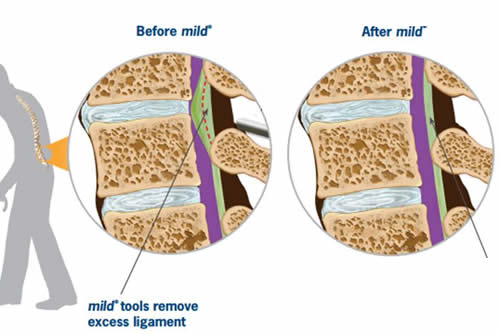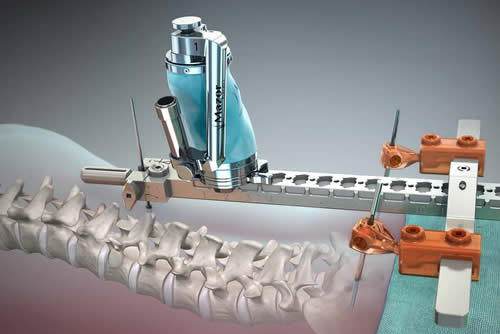


Minimally Invasive Lumbar Decompression
Lumbar decompression is a surgery performed to lessen back pain due to pinched nerves. This common surgery takes pressure off certain spinal nerves to alleviate lower back and leg pain. A small part of bone over the nerve root or material under the root is removed to...
Exploring Robotic Assisted Spine Surgery
A spinal operation is often a complex and scary procedure. As you can imagine, patients want their spinal surgery to be as accurate, safe and successful as possible. Robotic assisted spine surgery brings a promising new technology that provides patients with...
How to get a good night’s sleep when you’re away from home
Staying with family over the holidays can be stressful for a multitude of reasons, but there’s one common issue that isn’t much discussed: the uncomfortable sleeping arrangements. We’re often relegated to sinking air mattresses, creaky sofa beds (if not just the couch...
